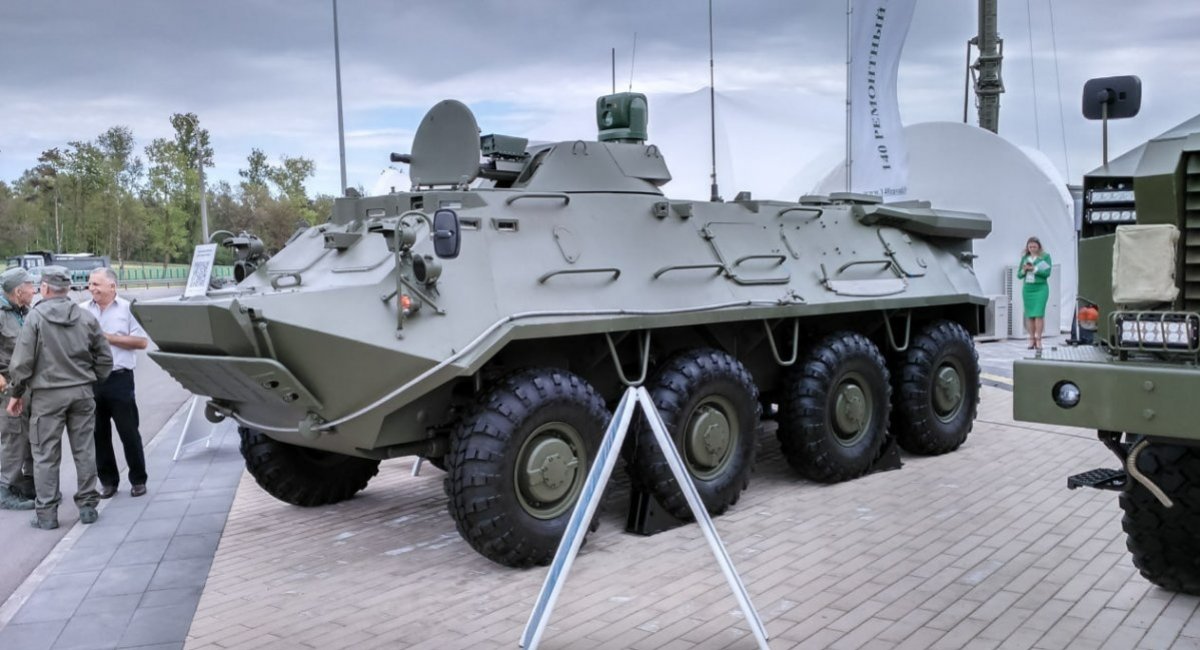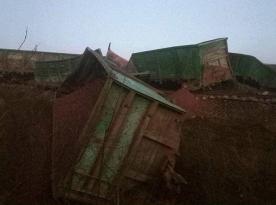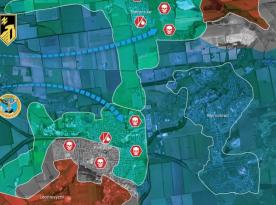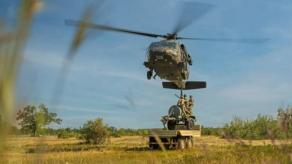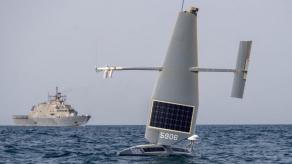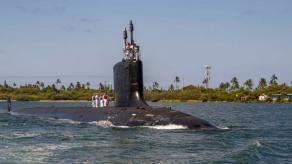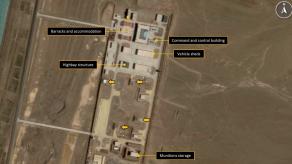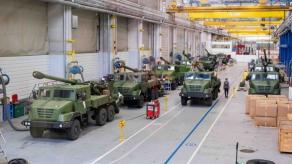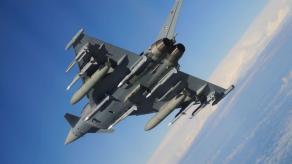The Belarusian 140 Repair Plant has unveiled its modernized BTR-60MB3 armored personnel carrier, developed in cooperation with an unnamed russian partner. Although officially marketed for export to African and Asian countries, the possibility of transferring these vehicles to russian forces can't be ruled out.
The Belarusian side contributed a revamped chassis and a pair of new diesel engines to replace the outdated gasoline powerplants. The russian part focused on armament, targeting systems, and situational awareness equipment.
Read more: russia Acknowledges Ukraine's Tank Protection Against Drones Is 1.5 Times More Effective and Copies It
The upgrade includes a full fire control system with thermal imaging, a laser rangefinder, a ballistic computer, and weapon stabilization. Both the commander and gunner are equipped with remote weapon control stations, though manual controls are still retained.
Notably, the turret features a panoramic observation complex housed in an additional structure on the turret — a rare addition for a platform of this age. Communication systems have also been improved.
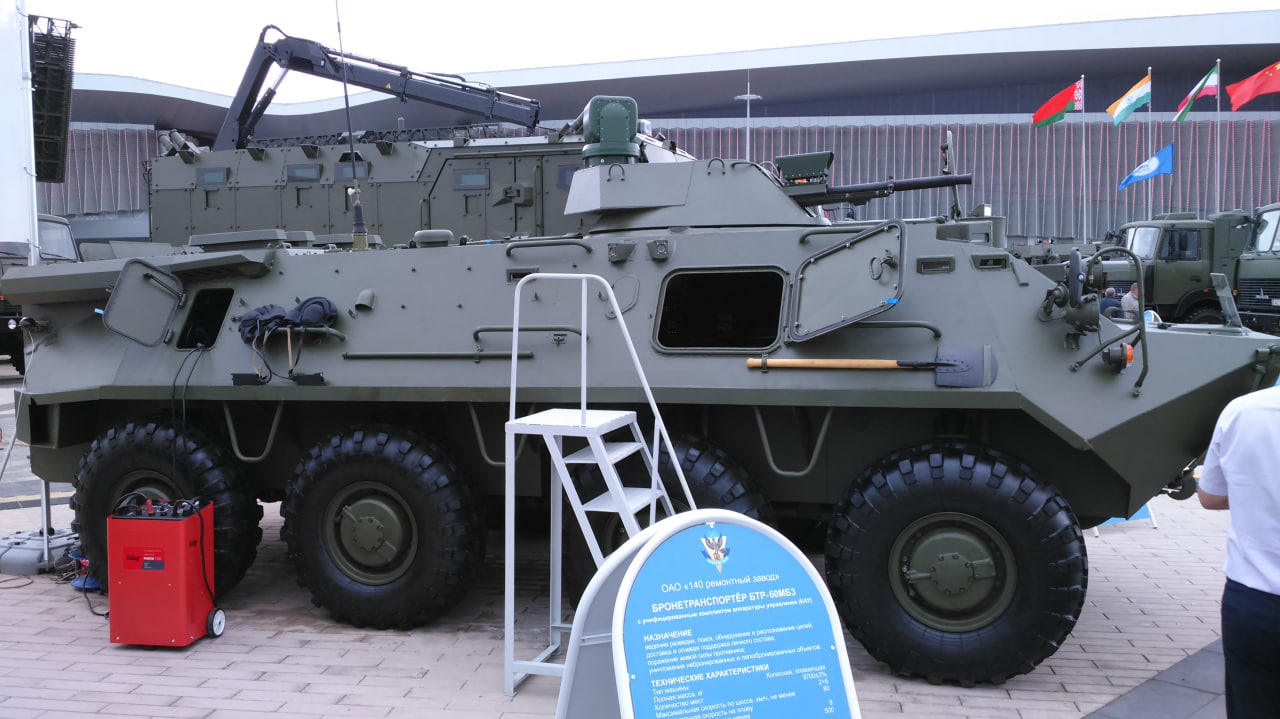
While it sounds solid, the BTR-60MB3 remains a rather modest upgrade overall. Crucially, unlike the Ukrainian BTR-60D, it lacks a rear exit door — troops must still disembark through awkward side hatches.
Furthermore, it appears no improvements were made to protection: neither mine resistance nor ballistic armor has been significantly enhanced. By contrast, the Ukrainian BTR-60D includes spaced armor for at least some added survivability.
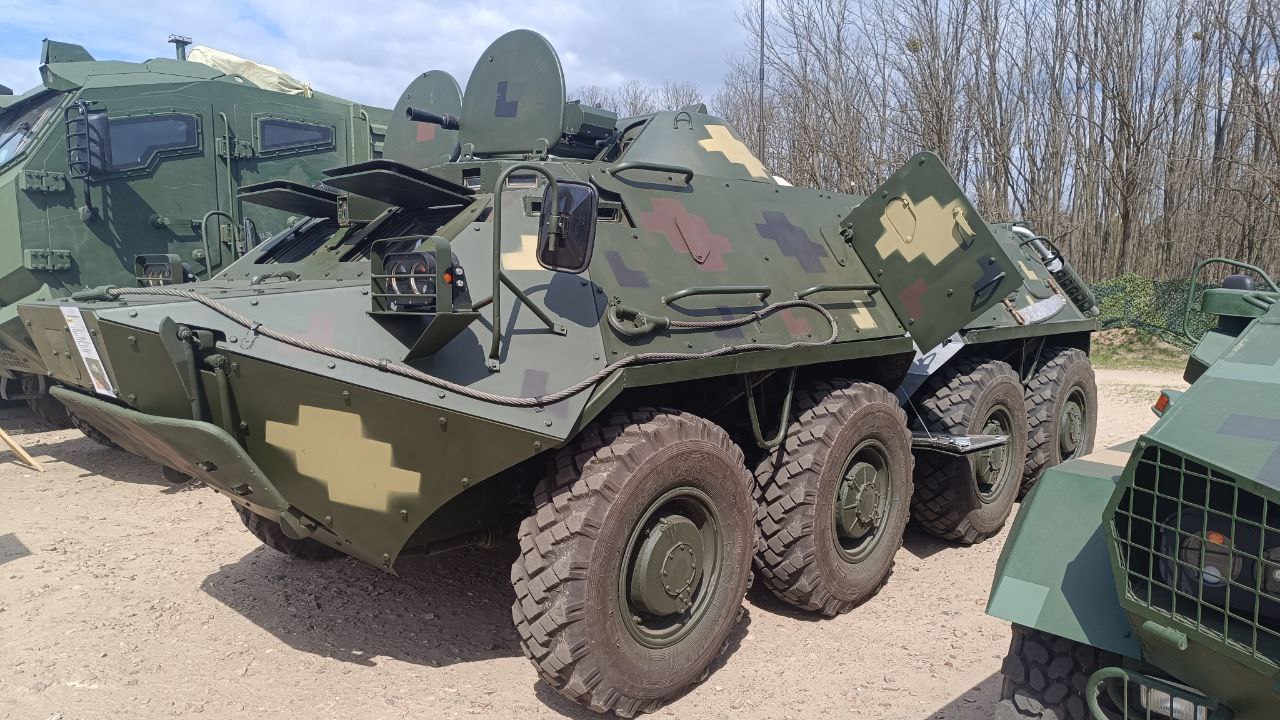
This puts the Belarusian version at a disadvantage even compared to Ukraine's budget-friendly upgrades. It is even further behind Ukraine’s deeply modernized Khorunzhiy APC, which features a reconfigured internal layout and significant improvements to protection.
While officially intended for foreign markets, particularly African and Asian countries that previously received large numbers of Soviet-era BTR-60s, there may be additional interest from countries like Iran and North Korea — both known suppliers of arms to russia. They also operate aging fleets in need of life extension.
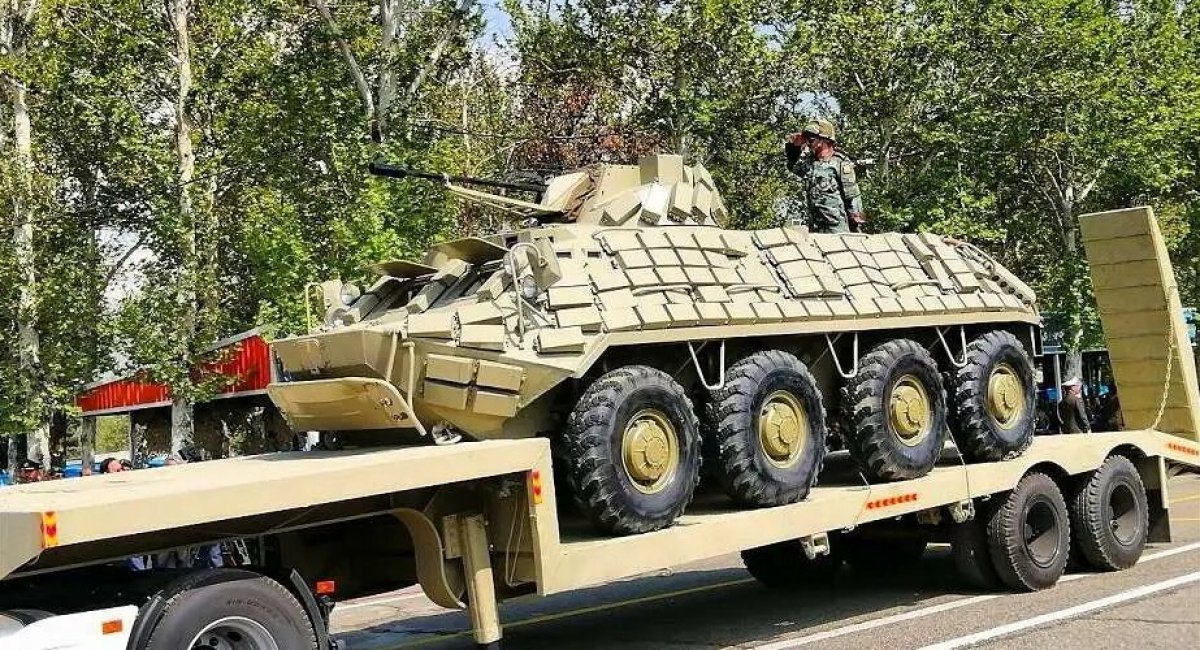
However, the cost of such extensive modernization — especially the advanced fire control suite — may be too high for most buyers. In that case, russia could potentially act as a sponsor, providing these vehicles as aid or using them for barter deals with partners.
Another possibility is deployment within russia’s own armed forces. Facing severe losses in Ukraine, russia has been restoring large quantities of mothballed vehicles from storage, including BTR-60s.
But here once again the issue lies with money. Given the scale of russian losses and the cost-effectiveness of their FPV drone strategy, a basic refurbishment without fancy electronics is more than enough.
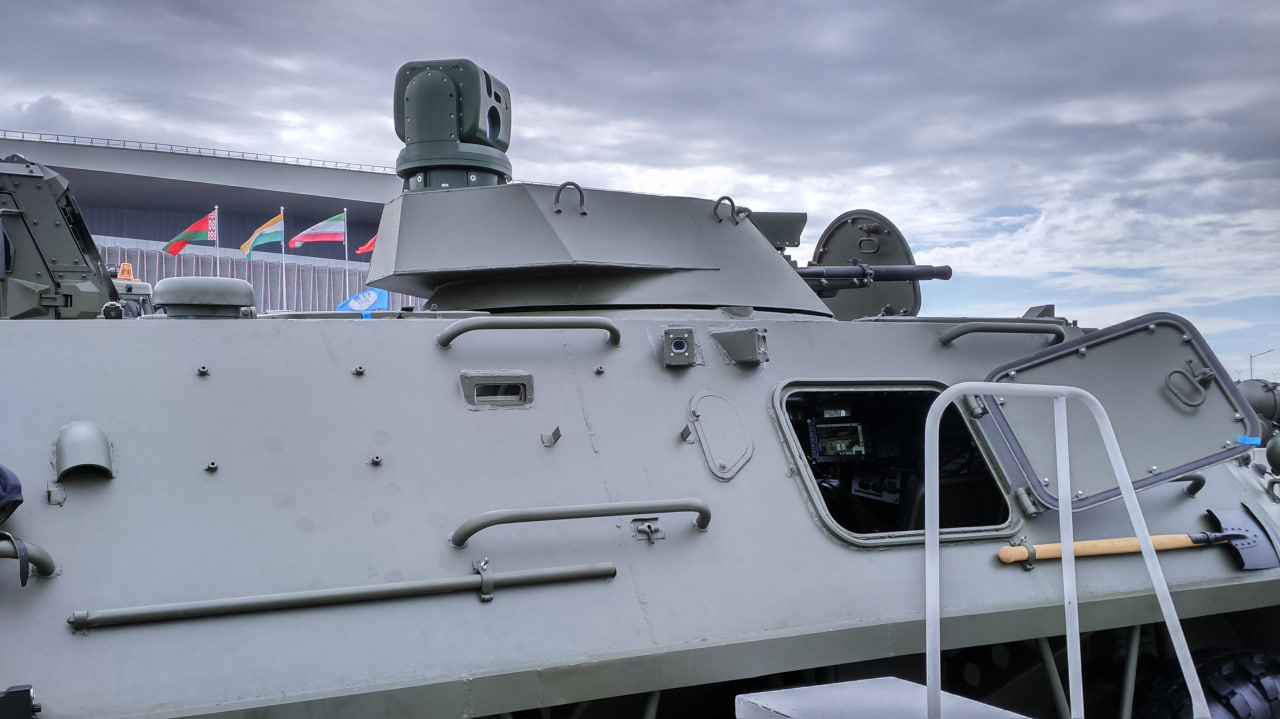
That said, the upgrade is modular and does not require fundamental redesign of the vehicle. This could allow for relatively quick application after pulling units from storage, particularly if Belarusian industrial facilities are tasked with the work. As a result, the appearance of BTR-60MB3s in frontline service cannot be ruled out.
In conclusion, the BTR-60MB3 is more of an export-oriented product that fails to address the core shortcomings of the aging BTR-60 platform. While the advanced fire control system may be impressive, it remains questionable whether such a costly modernization is justified for such a fundamentally outdated design.
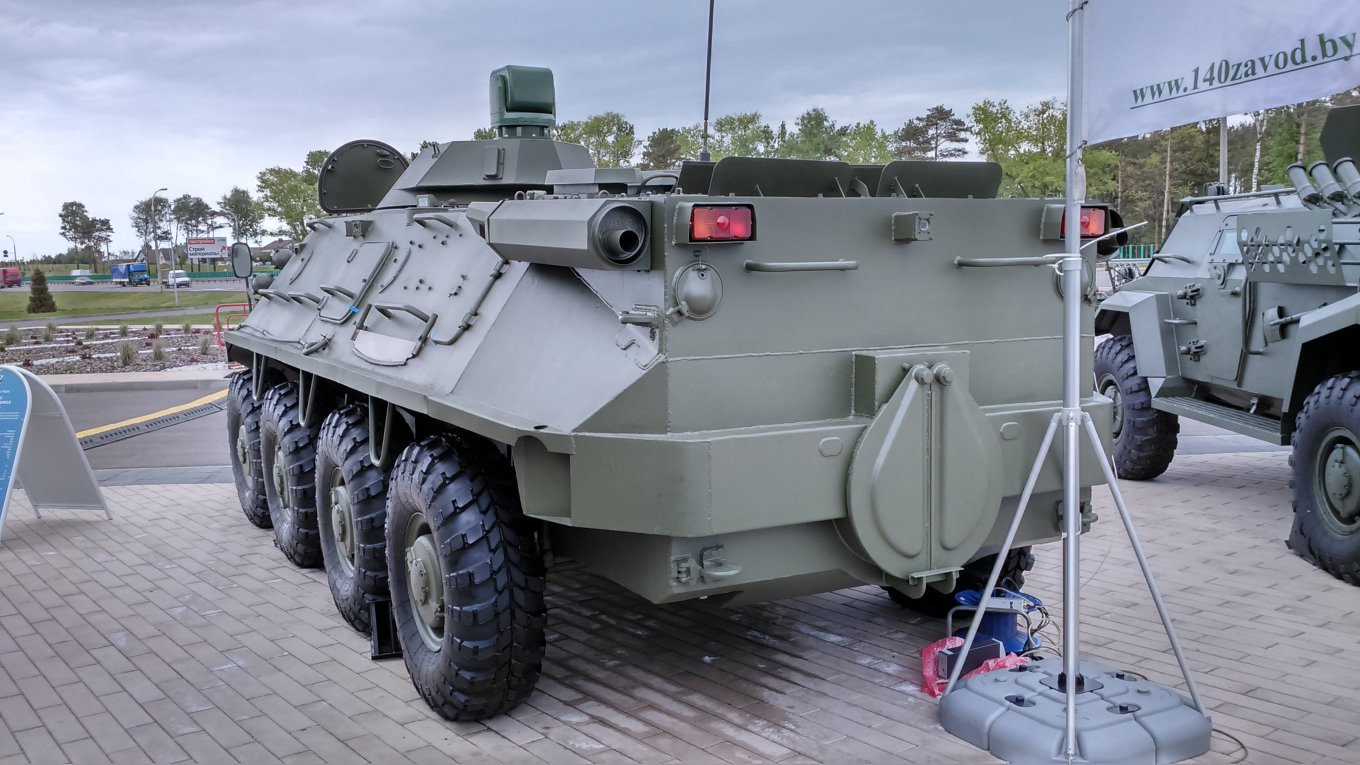
Read more: U.S. to Upgrade India’s MiG-29 Fleet After New Delhi Drops russian Deal for 100 Fighters




